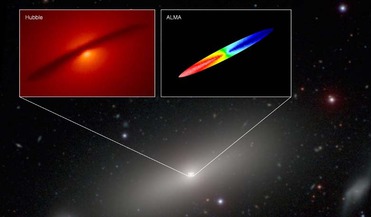 06 May 2016
Accurate mass of supermassive black hole calculated by astronomers using ALMA
06 May 2016
Accurate mass of supermassive black hole calculated by astronomers using ALMA
..., Aaron Barth, an astronomer at the University of California, Irvine (UCI), and his team used to measure the speed of carbon monoxide gas swirling around the black hole at the centre of NGC 1332, a massive elliptical galaxy in the direction...
 21 June 2021
Astronomers using GBT discover previously unknown huge galactic structure
21 June 2021
Astronomers using GBT discover previously unknown huge galactic structure
... of other molecules known to mix with it in smaller quantities. These are known as “tracer” molecules; the most common is carbon monoxide (CO), but astronomers use other gases such as OH (hydroxide) too. It was while studying OH emission in 2012 that...
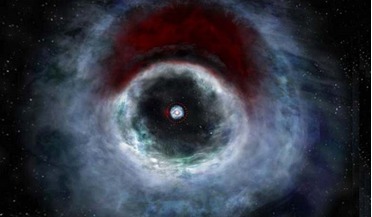 15 February 2016
Astronomers provide new insights into planet formation around binary stars
15 February 2016
Astronomers provide new insights into planet formation around binary stars
... star – about 50 times the Sun-Earth distance. Most of the disk consists of gases, including isotopologues of carbon monoxide (different forms of carbon monoxide, in this case 13CO and C180), but a huge arc around nearly a third of the star system...
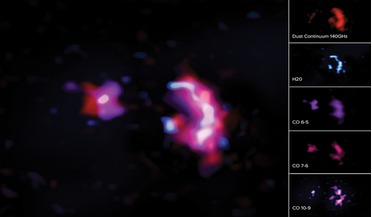 03 November 2021
Astronomers spot the most distant detection of water in a star-forming galaxy
03 November 2021
Astronomers spot the most distant detection of water in a star-forming galaxy
Astronomers using the Atacama Large Millimeter/submillimeter Array (ALMA) have detected water and carbon monoxide (CO2) in a massive galaxy nearly 12.88 billion light years from Earth; this is the most distant detection of H20 in a ...
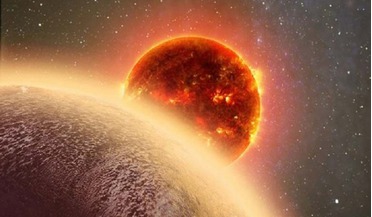 02 March 2016
Using MUSCLES to test for life on other planets
02 March 2016
Using MUSCLES to test for life on other planets
...'s atmosphere. Because this process also produces significant and potentially detectable amounts of carbon monoxide (CO), having both carbon dioxide and carbon monoxide together in the atmosphere of a rocky planet would cast suspicions on the origin...
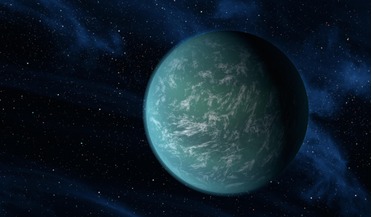 04 May 2020
Exoplanets with hydrogen-rich atmospheres could harbour life
04 May 2020
Exoplanets with hydrogen-rich atmospheres could harbour life
...the electromagnetic spectrum that astronomers use to identify molecules, especially planetary atmospheric ones such as methane, carbon monoxide (CO), and carbon dioxide (CO2). With the aid of JWST and ground-based spectrometers and given the tenacity...